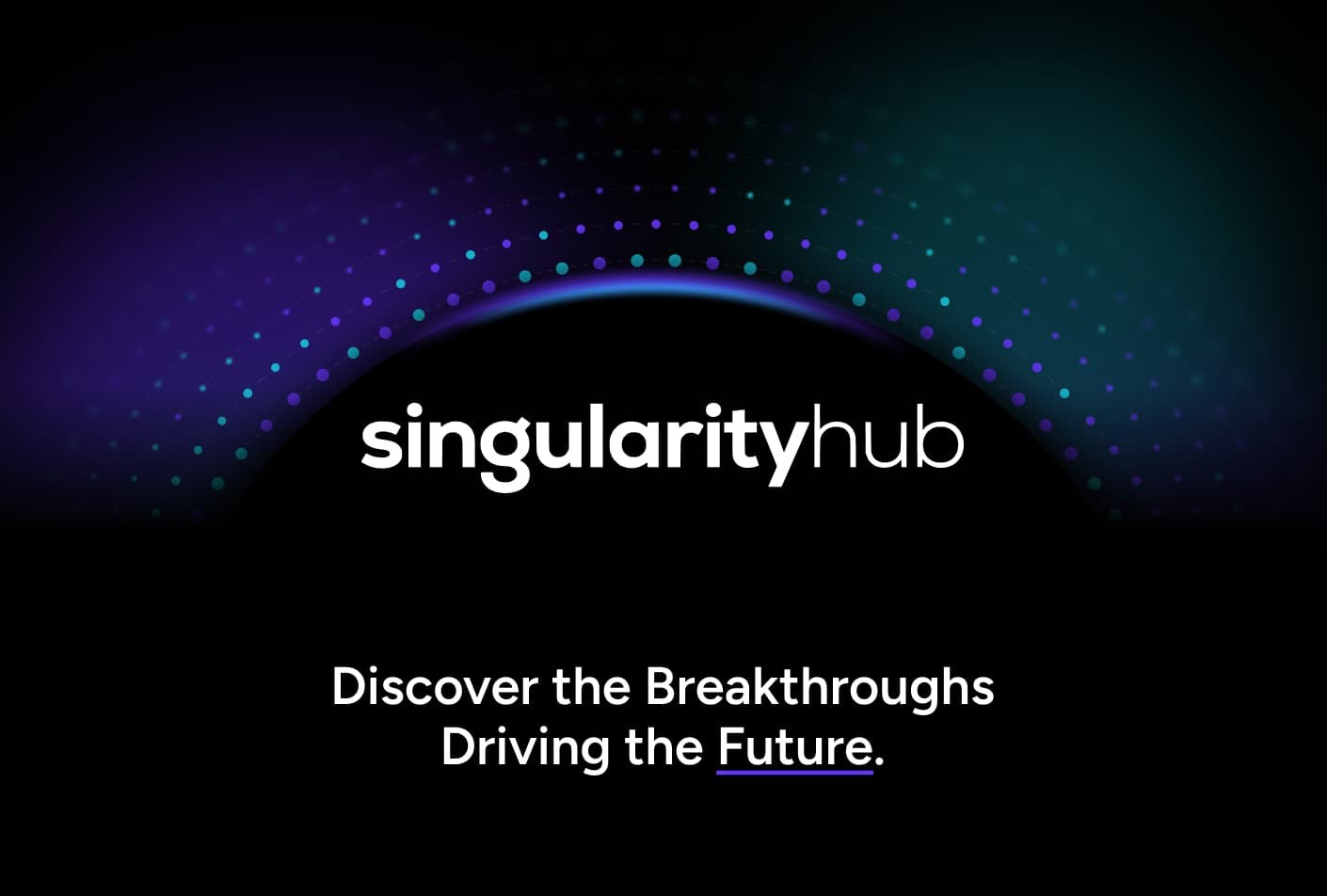Welcome the the new WordPress web-page builder, Gutenberg – where building a website is all about reusable, flexible blocks. As agencies and creators, we’re all trying to produce striking, functional websites. At Refact, we have come to learn the value of WordPress Gutenberg as a tool in that quest.
Whether you’re a creator or an agency creating digital experiences for clients, this guide will show you how to use Gutenberg to great effect.
Ready? Blocks away!
What is Gutenberg?
Gutenberg is not just an editor, but a full-fledged website builder, empowering design with a modular, block-based system. Imagine your webpage as a puzzle, each piece, or rather, each block represents a distinct element – paragraph, image, headline, or video. With Gutenberg, you get to assemble these blocks, crafting a cohesive, visually compelling digital environment without entangling yourself in the intricate world of codes.
This editor lets you create effortlessly with its drag, drop, and design philosophy. It combines technical functionality with creative freedom to ensure every pixel of your digital space is tuned to your vision.
Gutenberg for Agencies and Creators
For agencies, Gutenberg provides an efficient platform to develop client websites with different design needs, but without custom coding. WordPress Gutenberg is where productivity meets simplicity, empowering you to create and deliver the right way.
Creators, on the other hand, find in Gutenberg a flexible yet powerful tool for showcasing their work. Whether it’s crafting a personal blog, an e-commerce platform, or a portfolio website, Gutenberg stands out as robust, intuitive technology.
Both agencies and creators stand to gain from Gutenberg’s ability to create streamlined, scalable, and visually exceptional web sites.
Setting Up for Success – Gutenberg Basics
Those first few steps can make or break your experience with Gutenberg. Setting up correctly ensures a smooth, but also efficient journey from conception to completion. Let’s dive into the essentials that will place your Gutenberg projects on a solid, fail-proof foundation.
Choose the Right Theme
When kickstarting your project, selecting a theme is not just a design choice—it’s a strategic one. Your theme serves as the structural framework of your website, influencing its appearance, performance, and user experience. For a seamless ride with Gutenberg, you need a theme that’s not just compatible but truly optimized for it.
Here’s what to eye for:
- Compatibility: Ensure the theme is built to work flawlessly with Gutenberg.
- Customization: Look for themes that offer flexibility in design, layout, and functionality.
- Performance: Speed and responsiveness should be intrinsic to the theme.
- Support: A theme backed by robust support ensures help is at hand should you need it.
Block Patterns and Templates
Gutenberg’s block patterns and templates are your shortcuts to efficient, consistent design. They allow you to create, save, and reuse designs across your website, ensuring cohesiveness while saving time and effort.
Block Patterns: These are pre-designed block layouts, which you can insert, tweak, and personalize. Use them as starting points for design consistency while ensuring each page has its unique flair.
Templates: These go a notch higher, basically allowing you to save entire page layouts to reuse across different sections of your website. Imagine crafting a spectacular design and implementing it wherever you need with just a few clicks. That’s the power of templates.
Whether you’re crafting a detailed product page or a simple blog post, block patterns and templates ensure visual and functional consistency across your website, ensuring brand coherence and enhanced usability.
Embarking on your Gutenberg journey with a well-thought-out strategy for themes and a keen understanding of patterns and templates will streamline your workflow. Not only does this preliminary setup safeguard against potential roadblocks, but it also ensures that your creative process is supported by a robust, efficient foundation.
Ahead, we’ll delve deeper into how to optimize your use of Gutenberg blocks, ensuring each block you place is a step towards creating a more engaging, more compelling digital experience. Let’s build, block by block.
Gutenberg Blocks – Best Practices
Embarking on your WordPress journey with Gutenberg implies diving deep into a realm where each block you stack is a stepping stone toward impeccable digital design. But, how do you ensure each step is not just firmly placed but also leading you in the right direction?
Mastering the Basics
Understanding the core blocks – paragraphs, images, headers, videos, and more – is paramount. They’re your building blocks, used most frequently, and form the skeleton of your webpages. Optimize these and you’re already steps ahead:
Optimizing Images: Ensure images are well-compressed and appropriately sized.
Header Hierarchy: Maintain a clear, SEO-friendly header structure.
Text Formatting: Keep text readable and web-friendly, breaking up paragraphs and using bulleted lists for easy scanning.
Custom Blocks
When the available blocks don’t quite hit the mark, it’s time to consider custom blocks:
- Use Sparingly: Custom blocks are powerful but use them judiciously to avoid unnecessary complexity.
- Maintain Consistency: Ensure custom blocks align with the design and functionality of core blocks.
- Documentation: Keep clear documentation to ensure every team member knows how to use them.
Unsure about creating custom blocks? With Refact, scalable website creation for your newsletter, publishing platform, or media organization will sail without a hitch. We offer bespoke solutions crafted with precision and expertise, built to last and grow.
Reusable Blocks
Imagine crafting a perfect block structure and being able to implement it on any page or post with a single click – that’s the magic of reusable blocks:
- Create Wisely: Develop reusable blocks for elements that genuinely require repetition.
- Manage: Keep your reusable blocks well-organized and appropriately named for easy retrieval.
- Update Regularly: Ensure any changes or updates are done promptly to maintain consistency across all instances.
Navigating through Gutenberg’s block-based environment demands a blend of creativity and strategic implementation. Adopting these best practices ensures that while your creativity flows unrestricted, it’s channeled in a direction that augments your website’s functionality, user experience, and overall impact.
In the chapters to follow, we will explore more about harnessing Gutenberg for SEO, enhancing collaborative features, and advanced techniques to enrich your Gutenberg experience. Stay with us, as we delve deeper, ensuring your journey with Gutenberg is both enlightening and strategically beneficial.
Workflow Efficiency with Gutenberg
Harnessing the power of WordPress Gutenberg is not solely about mastering the blocks or understanding the technicalities. It’s about optimizing the tool to streamline your workflow, ensuring that projects move from conception to completion with maximum efficiency and minimal friction. Whether you’re a bustling digital agency or a solo creator, here’s a dive into the principles and practices that pave the way for workflow efficiency with Gutenberg.
Collaborative Features & Accessibility
The cooperative power of your team can be maximized by leveraging Gutenberg’s collaborative features:
User Roles: Define and assign clear user roles, ensuring every team member has appropriate access and capabilities.
Block Locking: Utilize block locking to prevent accidental edits and maintain content integrity.
Comments: Make use of the comment feature to communicate effectively about changes, suggestions, or errors directly within the platform.
Content Management & Consistency
Maintaining a coherent and unified design and content flow across your website is crucial. Here’s how to maintain it:
Reusable Blocks: Use reusable blocks for consistent design elements across multiple pages.
Categories & Tags: Implement a consistent and logical system for categories and tags to streamline content management and retrieval.
Revision History: Utilize the revision history feature to track changes, revert when necessary, and maintain content accuracy and consistency.
Pre-Designed Templates & Patterns
Accelerate your development process without compromising on design integrity:
Create Libraries: Develop a library of pre-designed templates and patterns that align with your brand identity.
Flexibility: Ensure your templates are flexible to accommodate varied content types and lengths.
Update Regularly: Consistently update and refine your templates and patterns based on user feedback and performance data.
Automated Backups & Security Measures
Safety and data integrity should never be an afterthought:
Regular Backups: Implement automatic backups to safeguard your data and progress.
Security Measures: Employ stringent security measures, including the use of security plugins and regular audits.
User Training: Ensure all team members are trained in best practices for data security and management.
Efficiency in your workflow with Gutenberg doesn’t solely rest on your knowledge of the editor but extends to how well you can synchronize your team, manage content, and maintain consistency and security throughout the development process. Embedding these practices into your Gutenberg workflow will not just streamline your process but will also enhance the quality and coherence of your final output.
As we move forward, we’ll dive deeper into advanced customization and optimization strategies with Gutenberg, sculpting pathways for you to create digital experiences that are not only engaging but also incredibly robust and user-friendly. Let’s continue building, efficiently and effectively, with Gutenberg as our digital crafting tool of choice.
Advanced Techniques for Agencies and Creators
Navigating the Gutenberg block editor’s basics is one thing; mastering the platform’s advanced capabilities is another. As agencies and creators seek to sculpt bespoke, impactful digital experiences, delving into the finer, more complex facets of Gutenberg becomes imperative. So, let’s unfold the myriad of advanced techniques that let you get the most of Gutenberg blocks.
Dynamic Content with Gutenberg
Harness the power of dynamic content to enhance user engagement and personalized experiences:
Block Attributes: Leverage custom attributes within blocks to add unique, dynamic functionalities.
Query Loops: Use query loops for showing dynamic content, including posts, products, or testimonials, in varied formats and layouts.
Conditional Blocks: Explore conditional block displays to curate content visibility based on user roles, device type, or other specific conditions.
Integrating Third-party Tools
Enhance Gutenberg’s innate capabilities by seamlessly integrating third-party tools and plugins:
SEO Integration: Use SEO plugins to optimize your content and make your web pages are search engine-friendly.
Marketing Tools: Integrate marketing tool plugins, including analytics and CRM software, to enhance your promotional strategies and user targeting.
E-Commerce Solutions: Leverage e-commerce plugins to turn your Gutenberg-built site into a functional, efficient online store.
Implementing Custom Code
Embark on a journey where you customize beyond the standard offerings, tailoring experiences to the minutest detail:
Custom CSS: Inject custom CSS to tweak and tailor block appearances, ensuring exact alignment with your design vision.
JS Additions: Use JavaScript to enhance interactive elements and user engagement features on your web pages.
PHP Snippets: Use PHP snippets to modify or add specific functionalities, ensuring your website operates in perfect tune with your operational needs.
Advanced Mobile Responsiveness
Of course, mobile responsiveness is non-negotiable today, no matter what you are creating.
Mobile-Optimized Blocks: Use blocks inherently optimized for mobile viewing for a seamless user experience.
Adaptive Images: Implement adaptive images to ensure visuals are not just mobile-friendly but also bandwidth-efficient.
Touch-Friendly Design: Ensure all interactive elements, like buttons and forms, are touch-friendly and easy to navigate on mobile devices.
Delving into the advanced capabilities of Gutenberg opens a world where your creative visions are not bounded by standard functionalities. By intertwining dynamic content, third-party integrations, custom coding, and meticulous mobile optimization, agencies, and creators can build not just websites but immersive digital experiences.
Overcoming Gutenberg Challenges: Simplifying Gutenberg Blocks for Agencies
In the web development arena, one size does not fit all, especially when contrasting the needs of design agencies with content creators. A landscape where agencies stand is inherently varied, oftentimes requiring them to build, not just for aesthetics and functionality but also for client manageability. This distinction bears weight, as agencies primarily deal with clients who may not be very technical, creating a need for a more streamlined, simplified user interface. In this vibrant, yet challenging milieu, the tool “Simplify Gutenberg” by Refact emerges as a transformative solution.
The Challenges with Standard Gutenberg Access
Before we delve into the power and promise of Refact’s Simplify Gutenberg, the new WP plugin, it is essential to comprehend the hurdles that agencies and their clients face with the traditional Gutenberg:
1. Layout Disruptions: The uninhibited manipulation of block properties and layouts can unintentionally cascade into disruptive design inconsistencies and functional flaws.
2. Inconsistent Branding: An “anything goes” approach to design elements can derail brand consistency. For example, introducing varied fonts, colors, and styles can negate the unity of brand guidelines.
Simplify Gutenberg – A Revolutionary Approach for Agencies
Simplify Gutenberg is the perfect answer to the challenges of using the standard version of WordPress Gutenberg. Designed with precision focus on the needs of agencies and developers, this tool optimizes how Gutenberg Blocks are managed and deployed:
1. Client Training: A streamlined and simplified Gutenberg interface heralds ease in client training, mitigating the traditionally needed time and resources.
2. Ongoing Maintenance: The narrowed-down, simplified editing options reduce the margin for error, ensuring that ongoing website maintenance remains straightforward and less resource-intensive.
3. Quality Control: By strategically locking certain features and elements, you not only safeguard the design integrity but also ensure consistent quality in every update, irrespective of the editor’s technical expertise.
Simplify Gutenberg, therefore, ascends beyond being merely a tool; it embodies a strategic decision, and a commitment to delivering WordPress solutions that are not only robust and beautiful but also user-friendly and manageable for clients with varied technical prowess.
Practical Implications and Strategic Advantage with Simplify Gutenberg
When you choose Simplify Gutenberg, you’ are not just opting for a tool but a methodology that enhances client satisfaction as well as operational efficiency.
Empowering Clients: Grant your clients the power to manage and update their sites with confidence and autonomy.
Safeguarding Integrity: Ensure the visual and functional integrity of every website, maintaining the coherence of layout and brand elements.
Enhancing Efficiency: Create smoother, better operations in the hands of clients, enabling them to focus more on content and less on troubleshooting.
All in all, adopting Simplify Gutenberg is a step toward client empowerment and smart design. As we gradually unfold further chapters, exploring deeper into creating, managing, and optimizing with Gutenberg, we recognize that solutions like Simplify Gutenberg are pivotal in bridging the gap between advanced design capabilities and client usability.
Takeaways and Further Pointers
Navigating the world of Gutenberg, with its many capabilities, is a journey that’s hardly over. Whether sculpting beautiful, interactive websites as a creator or delivering robust, client-friendly digital solutions as an agency, Gutenberg presents itself as a tool of boundless potential yet navigable complexity.
Refact emerges in this narrative not just as an observer but as an innovator with tools like Simplify Gutenberg. It’s clear that the intersection between comprehensive functionality and simplified user interface is not only possible but masterfully executable, providing a nuanced, balanced solution that empowers developers and clients alike.
Engage with Refact Today – Improve your publishing experience with a blend of sophistication, simplicity, and strategic advantage. We help ensure that your content will be not just visually and functionally impressive, but also client-friendly and sustainable.
Explore our services to learn more about how Refact can enhance your digital presence and content products. You can also schedule a call to talk about how we can help your business unlock its full potential.




